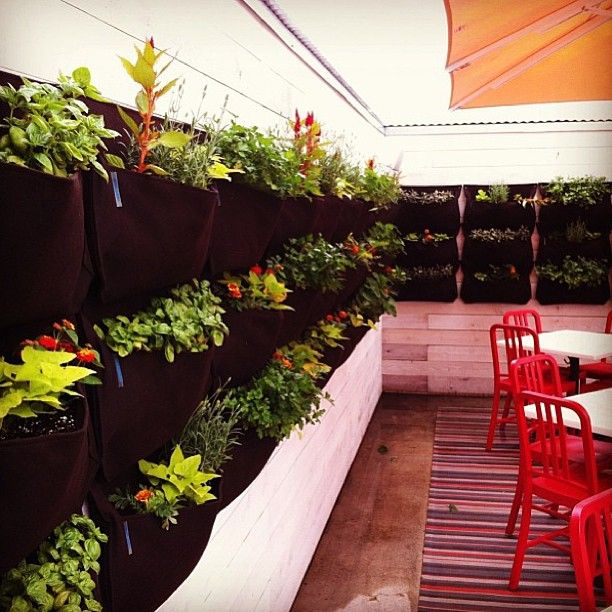In our quest to continually strive for sustainability, we have the good fortune of meeting some really interesting, knowledgeable industry folks who are willing to share their expertise and work collectively towards a better future for us all.
With that, we recently met Kim Fritzke, Marketing Director at Gordon Contractors and were intrigued by her knowledge and passion for green roofing. As Gordon Contractors have reportedly installed more green roofs in the greater DC-metropolitan area than any other contractor and are currently working on a 5,000 sq. ft. green roof installation at DC’s National Museum of African American History and Culture, Kim proved a great resource.
As you build upon your sustainable restaurant business practices, here are some highlights from our conversation with Kim about the benefits, process, and pitfalls of transitioning existing built spaces to green spaces.
The Benefits. Environmentally, green spaces clean oxygen by removing airborne particulates believed to cause respiratory issues; filter storm water before it reaches our drainage systems, and ultimately our rivers, lakes, and bays; and naturally cool the atmosphere with the release of surface water into the air through the evapotranspiration process.
Economically, savings can be seen in relevant areas such as produce/ingredient purchasing costs, heating and cooling usage, LEED credits, and tax incentives and refunds offered by many local and state governments.
Aesthetically, green spaces are beautiful pieces of natural art to enliven any area.
The Process. Plan out the area(s) to be transformed to green spaces. Realistically look at your space to see what works best within your locale, spatial, and design parameters. Look for areas that have direct sunlight, also judge wind/temperature/irrigation variables, guest accessibility, additional structural support possibilities, etc. Ask yourself: Is it feasible to utilize the entire roof or better to section off a portion for raised garden beds? Would building an herb garden/live wall work instead, outside your front entrance? Should you start small with a selection of beautiful potted plants?
The Pitfalls. Sure, it’ll be amazing to have garden or planter access to cost effective, sustainably fresh, seasonal produce where quality can be assured, but if considering a large rooftop seasonal garden or year-round greenhouse harvesting it’s recommended to conduct additional research on development/plantings/growing methods, construction, permits, insurance, and the like.
Whether switching to a green roof entirely, adding a green wall, and/or potting herbs in large planters, in the end any sustainable endeavor counts. No effort is too small to have an impact on our communities and environment.

*sustainable restaurant practices come to life: green wall @ MoCo’s Founding Farmers
